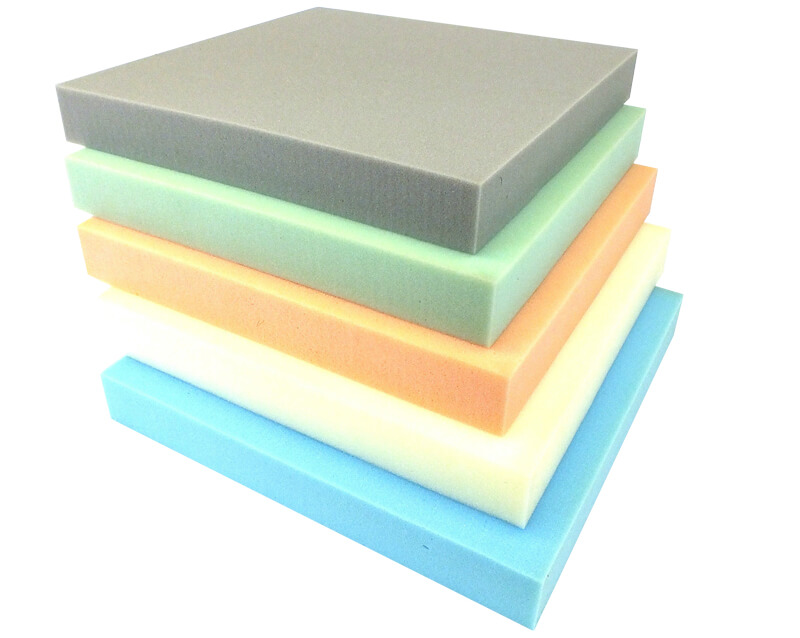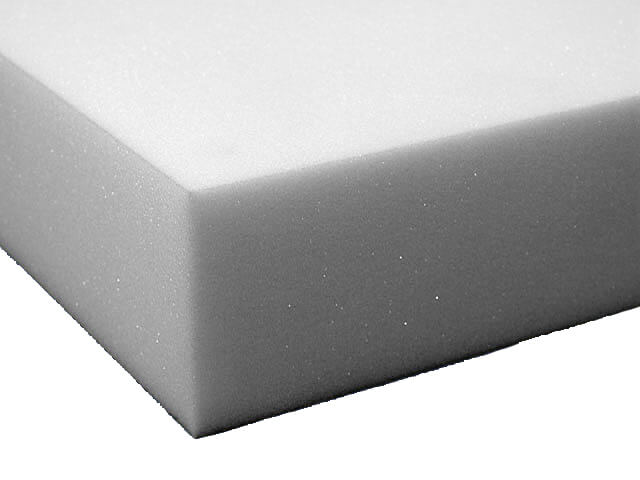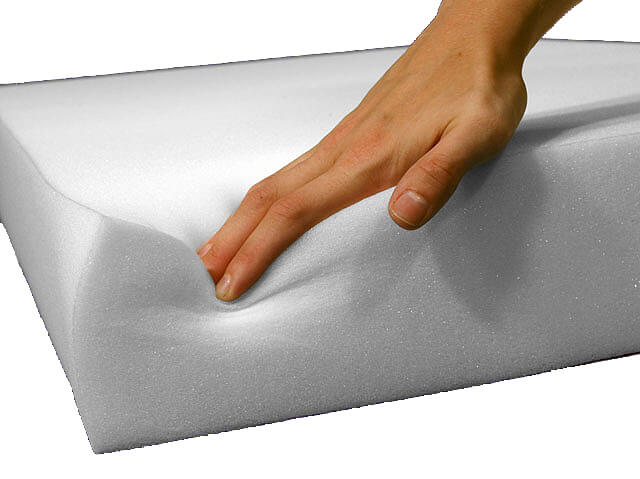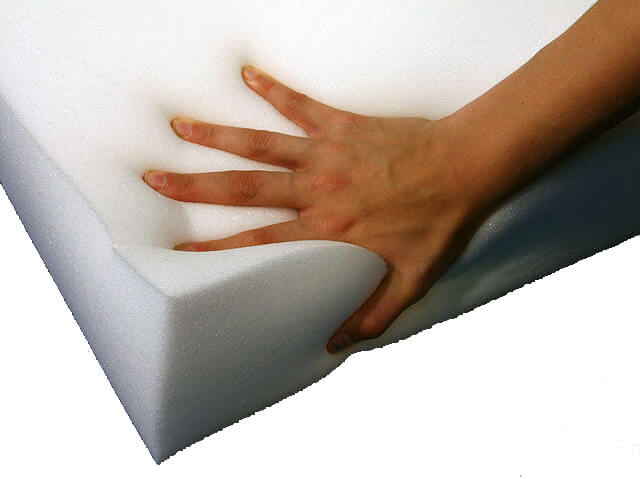Furniture Upholstery Foam
There are different types of upholstery foam on the market. Universal Upholstering offers a selection of conventional cushion foams that stretch from the softest to the sturdiest certified materials, so customers can feel comfortable and confident bringing these quality products into their homes.
We have over 25 years experience in the furniture repair and upholstery, not just selling upholstery foam, but hands on skills designing and building any kind of furniture.

FOAM FOR UPHOLSTERING This is a four digit I.D. number that every foam has. For all
conventional and HR foams the code represents the foam's density & firmness. The first two numbers represent
its density. The second two numbers represents firmness.

DENSITY. The weight of a cubic foot of foam. Although there are many other factors, density
is considered to be the most important indicator of overall foam quality. High density polyurethane is less
likely to "bottom out", fatigue, or dish. There are exceptions, but as rule of thumb, the higher the density
within a given type of foam, the better the quality. The heavier, the better.

FIRMNESS. The "firmness" or "compression" of a foam normally ranges between 10 to 100. The
higher the number the firmer the foam.

HIGH RESILIENCY (HR). HR foams are foams made with an "HR Polyrol" that achieve high
sag-factors and high rebound. HR foams have a cell structure that gets firmer faster allowing for a wide
range of resistance in a foam giving you the utmost in seating comfort.